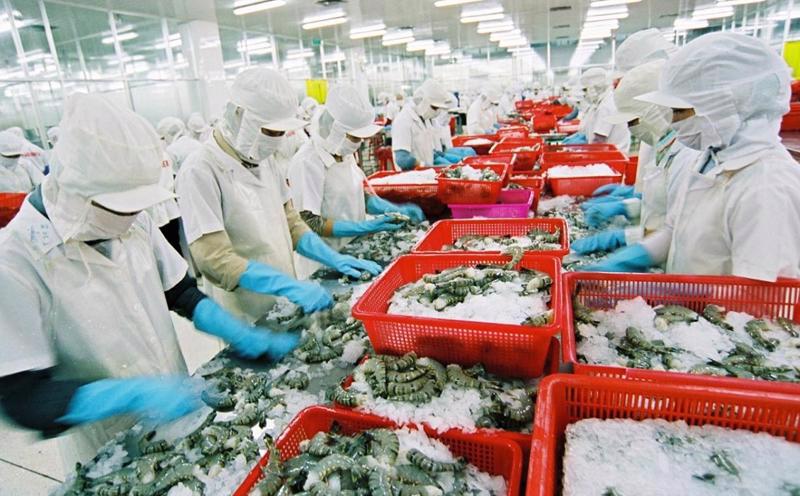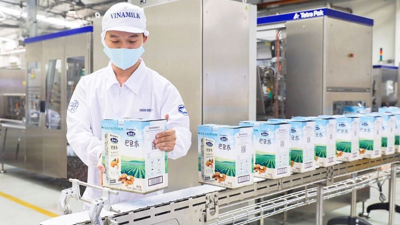Businesses urged to utilize CPTPP for Canadian market access
FTA exploitation should not be limited to export promotion but instead focus on developing an industrial strategy that leverages the strengths and complementarities of FTA partners.

Vietnamese Trade Counselor in Canada, Ms. Tran Thu Quynh, has emphasized the need for more effective utilization of the Comprehensive and Progressive Agreement for Trans-Pacific Partnership (CPTPP), as the tariff preference utilization rate for Vietnamese exports to Canada remains low—only 18%.
Speaking at a recent "Trade Promotion Seminar to the Canadian Market," Ms. Quynh highlighted that Vietnam and Canada’s goods and input materials complement rather than compete, presenting significant opportunities for cooperation in production chains.
"Leveraging FTAs, including CPTPP, should go beyond tax incentives for short-term exports," she stated. "It also opens doors for deeper collaboration in production, investment, technology, and brand-building between the two countries, creating high-value supply chains."
She further stressed that FTA exploitation should not be limited to export promotion but instead focus on developing an industrial strategy that leverages the strengths and complementarities of FTA partners with high compatibility—such as Vietnam and Canada.
Beyond trade connectivity, maritime cooperation between Vietnam and Canada also presents a promising opportunity for both countries to become key links in the supply chain connecting Southeast Asia with North America’s Northeast Coast. This could enhance their roles in global trade and stimulate new business ventures in transportation and logistics.
To increase exports to the Canadian market, Ms. Quynh advised businesses to conduct thorough research on competitors, market trends, and industry opportunities, while actively exploring new business models, such as e-commerce and online auctions, and taking advantage of FTA benefits.
Additionally, businesses must prioritize online connectivity by developing professional websites, enhancing post-harvest preservation, optimizing packaging design, and ensuring product quality certifications in English (such as Halal, ISO, VietGap, GlobalGap, etc.) to better meet Canadian market standards.







